Ecce Homo
Oil on panel, 61.5 x 47.5
In the present table, which in dimensions must have been designed for private devotion, Christ is represented in the iconography of the Ecce Homo. This title derives from the words that, in the Gospel of Saint John (19,5), utters Pontius Pilate, then Roman governor of Judea, while presenting Jesus scourged to the crowd of Jews. According to what the Gospel indicates, after his arrest, Jesus was considered innocent by the governor who, in an attempt to calm the spirits of the Jews, who also wanted Jesus executed, had him flogged. It was precisely after the scourging that Jesus was presented to the crowd with the words "ECCE HOMO", (Behold the man): his body was covered with bleeding wounds, on his head a crown of thorns accompanied by 'a purple cloak over the shoulders, which recalls the figure of the king, and a reed scepter. The studied table, with Leonardesque references and brilliant colors, can be associated with a painter active in the half of the 15th century in Lombardy with knowledge of the works of the painter Giovanni Pietro Rizzoli known as Giampietrino, active between 1508 and 1549. The painter was one of Leonardo da Vinci's first pupils in Milan and by the master recalled in a note from the Codex Atlantico of the Ambrosiana Library under the name of Gian Petro. The entire chronology of the works is still debated by critics as biographical data is scanty and uncertain; however, among the works of his youth we can count a Madonna with the Child from the Poldi Pezzoli Museum in Milan, the Nativity and the Derisory Christ from the Albertina Academy in Turin, the Madonna of the Milk from the Borghese Gallery and the Regret of the Gemäldegalerie in Berlin where the delicately nuanced atmosphere refers to Leonardo's work but also to the mantgnesco line in the first way. In recent decades, Jean's horizon will approach more and more emergent Mannerist instances and in mythological subjects with a languorous and sensual character. Particularly prolific was the production of small paintings for the private devotion of collectors, both of sacred and secular subject, on which he built his successful career. This painting can be linked to this type of production, where the intense human pathos of the suffering face underlines the devotional value of the image. Refined is the pictorial outline where the light and transparent shade, which shows Leonardo's knowledge, merges with the bright and lively chromatic range of the red mantle. Leonardo defined the eyes "the window to the soul" and if we are to think of the Master, as a work of his derivation, they certainly reach that depth: the eyes, pensive and laden with pathos, are turned downwards in a gesture of extreme pain and disappointment. The mouth is rendered by imperceptible nuances, using the same colors as the most vivid tones of the flesh, expediting this one, adopted by Leonardo and his milieu. For a stylistic and compositional comparison, consider the different copies of Ecce Homo executed by the master today at the National Gallery in London, the Museum of Fine Arts in Nancy, the Sabauda Gallery in Turin, the Diocesan Museum of Milan or in private collections in Milan and London, but also other compositions such as Christ the Man of Sorrows from the Kress Collection, Saint John the Baptist from the Hermitage where, in the dark background, the figures stand out the characteristic shade of Leonardo and the colors of the dresses.











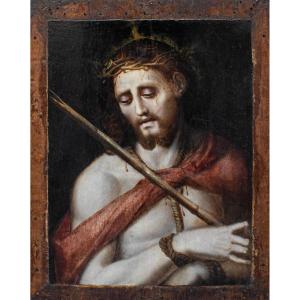










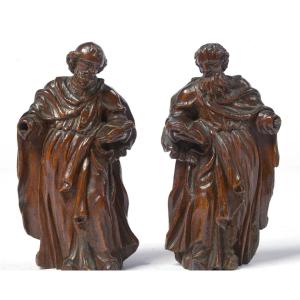



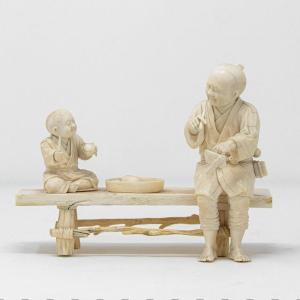



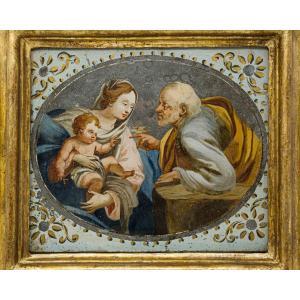


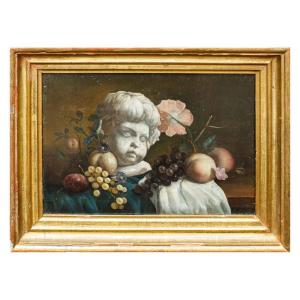
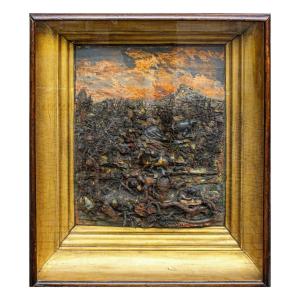
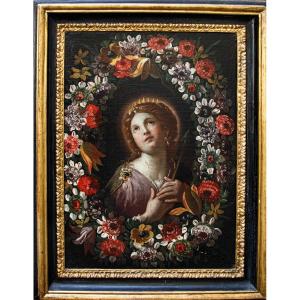

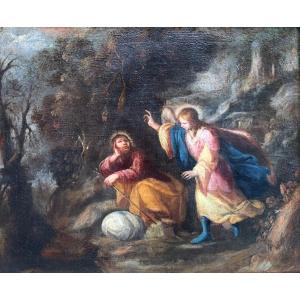

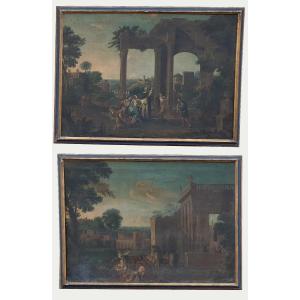
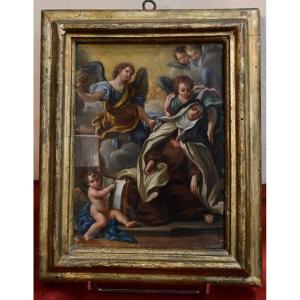



 Le Magazine de PROANTIC
Le Magazine de PROANTIC TRÉSORS Magazine
TRÉSORS Magazine Rivista Artiquariato
Rivista Artiquariato